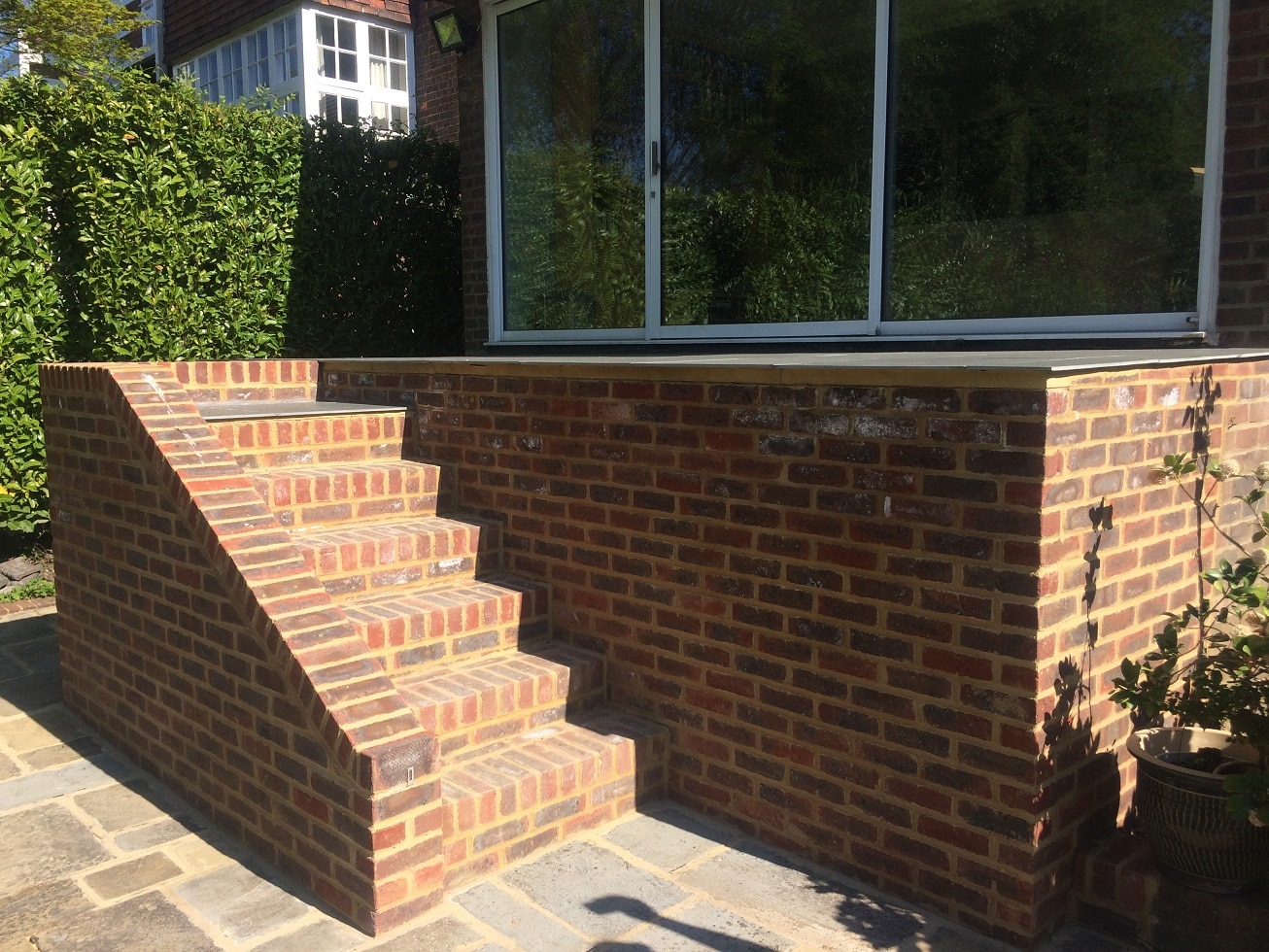
17 Jan What Are the Different Types of Brick Around?
Although modern buildings can be constructed from a wide variety of materials, bricks are the traditional material of choice in most parts of the UK. There’s something reassuring about a brick-build home, with its bond left clearly visible.
But is a brick simply a brick? Not at all.
Materials for Brick
Clay is the most common material for brick, but this can vary according to where it comes from. The most obvious difference is the colour, indicating the type of clay, which tends to reflect the part of the country it comes from. Broadly, red brick are characteristic of the north, for instance, while London and the Home Counties are more likely to have yellow or cream bricks.
However, a number of other materials are available for bricks:
- Sand lime brick, consisting of a mixture of sand, fly ash and lime, make a smoother finish possible.
- Fly ash clay brick are made from a mixture of fly ash, cement, sand and water.
- Concrete brick are ideal to go immediately above and below a damp-proof course.
Ways of Making Bricks
Brick can be manufactured in different ways, which affect how they’re best used. The main methods are:
- Extruded or wire-cut brick, where the clay is extruded into a column and wire-cut into individual bricks. This is usually done by machine, keeping costs down, and produces smooth bricks.
- Soft mud brick, where the clay is dropped into individual moulds, producing creased faces. This can be done either by machine or by hand, though of course handmade brick tend to be more expensive.
Alternatively, you can reuse bricks from demolished properties, which will reduce the carbon footprint of your project.
Shapes of Brick
The most common shape is the facing brick, which is the one normally found in the brickwork of a straight wall. However, brick need to be used for the angles and corners on a building, too, and specialist bricks are available to suit all of these.
For example, angle and cant brick are used to create returns and chamfers, while coping or capping bricks cap freestanding walls. There are also channel brick, used to form channels and gutters, and curved sector brick can be used for chimneys, pillars or columns.
Hollow bricks, around a third the weight of normal ones, are suitable for partitions, while the perforations in airbricks help with the circulation of air. There are many other specialist bricks available, and they can be custom made for specific uses. You’re very welcome to get in touch with us to find out more about what’s available.




